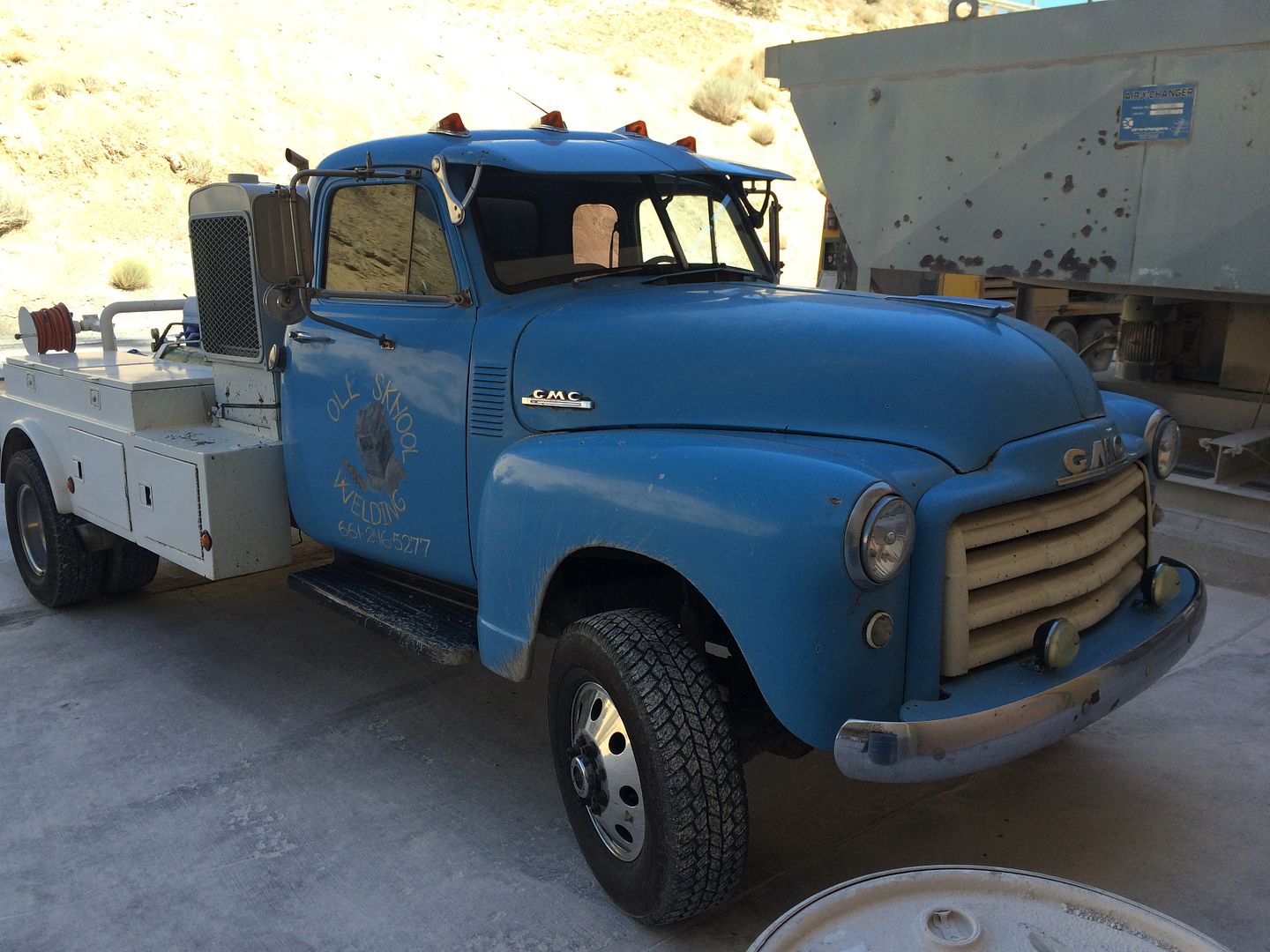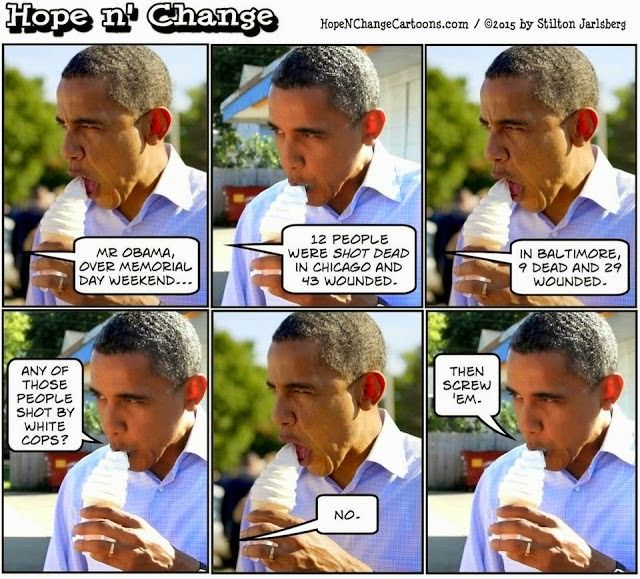They never, ever stop, the Other Side™. They sometimes retreat, sometimes quiet down, but they don’t stop. Recent polls indicate that support for “gun control” has reached a modern nadir, but that is no excuse to relax. Our ideological opponents still hold the media high ground and get paid to produce their pixels by the terabyte. They are not going to quit. They just switch tack and try a different angle, lather, rinse, repeat. They’ve run out of “new,” so they keep recycling old ones. Since the Newtown massacre didn’t result in public support for outright banning, the tack they are on now is the old, familiar “public health” angle. Of course! They have Surgeon General Vivek Murthy now, who will push this agenda once again.
Warning: This is a mini-überpost. It’s been a while. Get a snack and a beverage and settle in, or skip on to the next blog on your list.
Mother Jones magazine recently ran an article entitled What Does Gun Violence Really Cost? I was tempted to fisk the entire piece, but decided against. I’m just going to point out some interesting facts.
The piece starts off with the story of Jennifer Longdon and David Rueckert of Phoenix, Arizona. On November 15, 2004 this couple was involved in what appears to have been a minor traffic accident followed by a road-rage shooting. Or a premeditated homicide attempt. Or a case of gang violence and mistaken identity. Nobody was ever arrested, so we will never know, but Rueckert was shot in the head, surviving with significant brain trauma. Longdon was shot in the back and left paraplegic.
Due to the physical injuries, she was also left financially destitute.
So how much does “gun violence” cost America? Well, we don’t really know for sure, Mother Jones tells us, but it’s something they calculate in excess of $229 billion – $700 per year for every man, woman and child in the country.
Surely, the story implies but does not outright state, something must be done! We’re told:
Nobody, save perhaps for the hardcore gun lobby, doubts that gun violence is a serious problem.
Just so you know who the opposition is – the “hardcore gun lobby” – and why they shouldn’t matter. Not convincing enough?
(S)olving a crisis, as any expert will tell you, begins with data. That’s why the US government over the years has assessed the broad economic toll of a variety of major problems. Take motor vehicle crashes: Using statistical models to estimate a range of costs both tangible and more abstract—from property damage and traffic congestion to physical pain and lost quality of life—the Department of Transportation (DOT) published a 300-page study estimating the “total value of societal harm” from this problem in 2010 at $871 billion. Similar research has been produced by the Environmental Protection Agency (EPA) on the impact of air pollution, by the Department of Health and Human Services on the costs of domestic violence, and so on. But the government has mostly been mute on the economic toll of gun violence. HHS has assessed firearm-related hospitalizations, but its data is incomplete because some states don’t require hospitals to track gunshot injuries among the larger pool of patients treated for open wounds. The Centers for Disease Control and Prevention (CDC) has also periodically made estimates using hospital data, but based on narrow sample sizes and covering only the medical and lost-work costs of gun victims.
Why the lack of solid data? A prime reason is that the National Rifle Association and other influential gun rights advocates have long pressured political leaders to shut down research related to firearms.
At this point I’m going to drag out a couple of excerpts from some research done at the behest of the Carter Administration. It’s one of my favorites, and I’ve quoted from it in this blog before. They’re from the gun control meta-study published in 1983 as Under the Gun: Weapons, Crime and Violence in America. The “senior authors” of the study were James D. Wright, Professor of Human Relations, Dept. of Sociology for Tulane University and Peter H. Rossi, Professor of Sociology at the University of Massachusetts, Amherst and past president of the American Sociological Association. These researchers weren’t exactly gun-rights supporters going in. Here’s the first:
In 1978 the Social and Demographic Research Institute of the University of Massachusetts, Amherst, received a grant from the National Institute of Justice to undertake a comprehensive review of the literature on weapons, crime, and violence in the United States. The purpose of the project is best described as a “sifting and winnowing” of the claims and counterclaims from both sides of the Great American Gun War – the perennial struggle in American political life over what to do, if anything, about guns, about violence, and about crime. The review and analysis of the available studies consumed the better part of three years; the results of this work are contained in this volume.
The intention of any review is to take stock of the available fund of knowledge in some topical area. Under the Gun is no different: our goal has been to glean from the volumes of previous studies those facts that, in our view, seem firmly and certainly established; those hypotheses that seem adequately supported by, or at least approximately consistent with, the best available research evidence; and those areas or topics about which, it seems, we need to know a lot more than we do. One of our major conclusions can be stated in advance: despite the large number of studies that have been done, many critically important questions have not been adequately researched, and some of them have not been examined at all.
Much of the available research in the area of weapons and crime has been done by advocates for one or another policy position. As a consequence, the manifest intent of many “studies” is to persuade rather than to inform.
(My emphasis.)
If the “research” has an agenda, then how valid (and therefore valuable) can it be? But here’s the second excerpt:
The progressive’s indictment of American firearms policy is well known and is one that both the senior authors of this study once shared. This indictment includes the following particulars:
(1) Guns are involved in an astonishing number of crimes in this country.
(2) In other countries with stricter firearms laws and fewer guns in private hands, gun crime is rare.
(3) Most of the firearms involved in crime are cheap Saturday Night Specials, for which no legitimate use or need exists.
(4) Many families acquire such a gun because they feel the need to protect themselves; eventually they end up shooting one another.
(5) If there were fewer guns around, there would obviously be less crime.
(6) Most of the public also believes this and has favored stricter gun control laws for as long as anyone has asked the question.
(7) Only the gun lobby prevents us from embarking on the road to a safer and more civilized society.
Again, my emphasis. Research is being defunded? The gun lobby is preventing us from embarking on the road to a safer and more civilized society! They deny gun violence is a serious problem! They’re deniers! Which seems to be the ultimate insult these days, consensus über alles, after all.
The story also includes a link to another piece detailing not only Jennifer Longdon’s story, but those of seven other people. In the interests of accurate demographics: four more women and three men. Three of the victims are black – one male, two female.
Here are the pertinent details:
Victim 1 – Antonius Wiriadjaja, Brooklyn, New York. Bystander to a domestic violence shooting, caught a stray round. “$169,000 for medical care, physical therapy and counseling.”
Victim 2 – Kamari Ridgle, Richmond, California (a suburb of San Francisco). A 15 year-old shot in a drive-by after he “had just left a liquor store….” What’s a 15 year-old doing in a liquor store? Kid was hit 22 times – and survived. “$1.5 million for medical care.”
Victim 3 – Philip Russo, Alturas, California (rural NE corner of CA). His wife was killed by a rampage shooter. He lost his job because he worked security at the county jail where her killer was placed awaiting trial – for her safety. “$83,000 in lost household income.”
Victim 4 – Pamela Bosley of Chicago, IL. Lost a son to what appears to be gang-related violence. No evidence her son was a gang member. “$23,500 in medical care and counseling for family.”
Victim 5 – BJ Ayers, Cheyenne, Wyoming. Lost two sons to suicide. “$35,000 in state-funded emergency care” for one of them before he expired.
Victim 6 – Paris Brown, East Oakland, California. Son killed in gang-related shooting. “$10,000 in grief counseling.”
Victim 7 – The aforementioned Jennifer Longdon, Phoenix, AZ. “$40,000 in wheelchair modifications to her home.” That’s in addition to her medical costs and lost wages.
Victim 8 – Caheri Gutierrez, also of Oakland, CA. Apparently caught a stray round in the face from a nearby gang shooting. “$120,000 for hospitalization and reconstructive surgeries.”
New York, 1. California, 4. Illinois, 1. Arizona, 1. Wyoming, 1. Two suicides, one domestic violence, one rampage shooter, four gang-related, one unknown.
Does Mother Jones offer any suggestions? Of course not. Their story is that, because of the “gun lobby” we don’t have sufficient data to “solve (the) crisis.” They do state, however:
Our investigation also begins to illuminate the economic toll for individual states. Louisiana has the highest gun homicide rate in the nation, with costs per capita of more than $1,300. Wyoming has a small population but the highest overall rate of gun deaths—including the nation’s highest suicide rate—with costs working out to about $1,400 per resident. Among the four most populous states, the costs per capita in the gun rights strongholds of Florida and Texas outpace those in more strictly regulated California and New York. Hawaii and Massachusetts, with their relatively low gun ownership rates and tight gun laws, have the lowest gun death rates, and costs per capita roughly a fifth as much as those of the states that pay the most.
For those of you slow on the uptake: Strict gun control/low gun ownership = Good. Lax gun control/high gun ownership = Bad.
In other words, “There are too many guns.”
It’s their mantra, their single article of faith.
Yet here’s what the article doesn’t bother to mention:
Non-fatal “gun violence” peaked here in the U.S. in 1994, with a “per 100,000 population” rate of 7.4. It has declined, almost non-stop, ever since. In 2011 the rate was 1.8/100,000 – less than one-quarter the rate in 1994. Homicide (all causes) peaked in 1992 at 9.3/100,000. In 2011 it was 4.7 – the “lowest level since 1963.”
And this occurred without any significant gun control legislation during that period, and in the face of an additional 93,000,000 privately-owned firearms entering circulation during that period. The “assault weapon ban” (that wasn’t)? Even FactCheck.org admits:
That the law did not have much of an impact on overall gun crime came as little surprise, (Christopher S.) Koper said. For one, assault weapons were used in only 2 percent of gun crimes before the ban. And second, existing weapons were grandfathered, meaning there were an estimated 1.5 million pre-ban assault weapons and 25 million to 50 million large-capacity magazines still in the U.S.
Since the “ban” ended in 2004 (and “modern sporting rifles” have become the largest single segment in long-gun sales), violent crime has continued to trend down.
More guns, less crime.
And I’ve already covered the lie that there are “more guns, fewer gun owners.”
But Mother Jones believes you don’t need to know that. You just need to know that “gun violence” costs “$229 billion a year,” and the “gun lobby” not only doesn’t care, but denies funding for research so that we can solve the problem!
A problem that has been cut in half or more over the last twenty years as no significant “gun control” laws have been passed, and laws relaxing the standards for legal carriage have been spreading.
THAT’S not news.
Because that doesn’t affect the real problem: Too. Many. Guns.
Not Too. Many. Criminals.
If Mother Jones was actually interested in reducing “gun violence,” then they wouldn’t be concentrating on what it costs Joe and Jane Average, or even Joe and Jane Victim, they’d address the ten-ton elephant in the room: young black male violence.
Look at their list of victims again. Out of eight (we assume “typical”) survivors of “gun violence,” one is a young black male, one is the mother of a deceased young black male.
They’re overwhelmingly the victims of violent crime. In 2013, according to the CDC, black males 34 and younger made up 30% of all homicide victims, 10% of all non-lethal assault victims.
Yet young black men are only 3.5 percent of the national population.
Let’s put that in perspective: If the homicide rate for black men 34 and younger, currently (2013) estimated at 43.9 per 100,000 population, were reduced to the current national rate of 5.1/100,000, 4,245 lives would be saved.
And the national homicide rate would be reduced to 3.76/100,000.
But apparently pointing that fact out is RACIST!™ so no one in the media does.
When you have a disease that kills a specific, easily identifiable population at rates over eight times the rest of the population, epidemiologists (otherwise known as “public health experts”) call that a clue.
Instead, it seems, the Powers That Be™ are making the situation worse:
The nation’s two-decades-long crime decline may be over. Gun violence in particular is spiraling upward in cities across America. In Baltimore, the most pressing question every morning is how many people were shot the previous night. Gun violence is up more than 60% compared with this time last year, according to Baltimore police, with 32 shootings over Memorial Day weekend. May has been the most violent month the city has seen in 15 years.
In Milwaukee, homicides were up 180% by May 17 over the same period the previous year. Through April, shootings in St. Louis were up 39%, robberies 43%, and homicides 25%. “Crime is the worst I’ve ever seen it,” said St. Louis Alderman Joe Vacarro at a May 7 City Hall hearing.
Murders in Atlanta were up 32% as of mid-May. Shootings in Chicago had increased 24% and homicides 17%. Shootings and other violent felonies in Los Angeles had spiked by 25%; in New York, murder was up nearly 13%, and gun violence 7%.
Those citywide statistics from law-enforcement officials mask even more startling neighborhood-level increases. Shooting incidents are up 500% in an East Harlem precinct compared with last year; in a South Central Los Angeles police division, shooting victims are up 100%.
Why is violence climbing in these cities?
The most plausible explanation of the current surge in lawlessness is the intense agitation against American police departments over the past nine months.
Since last summer, the airwaves have been dominated by suggestions that the police are the biggest threat facing young black males today. A handful of highly publicized deaths of unarmed black men, often following a resisted arrest—including Eric Garner in Staten Island, N.Y., in July 2014, Michael Brown in Ferguson, Mo., in August 2014 and Freddie Gray in Baltimore last month—have led to riots, violent protests and attacks on the police.
And who is it that’s dying?
Young. Black. Men.
And what’s the reaction?

“Gun control” is not a “public health issue.” Even if it were, public health advocates are not handling it as though it is. The “public health” angle on “gun control” is being handled the same way AIDS was in the 1980’s – by attacking the wrong things and willfully, actively denying that the problem is behavioral and highly concentrated in a small, easily identifiable demographic – because to do so would be Politically Incorrect.
Instead we get smoke screens about “costs” designed to make us wring our hands and look to the guys in white lab coats for solutions.
UPDATE: I’m no fan of John Lott, but the numbers are the numbers. It appears that Heather Mac Donald’s piece, linked above, is in error. That does not, however, affect the rest of the post.



